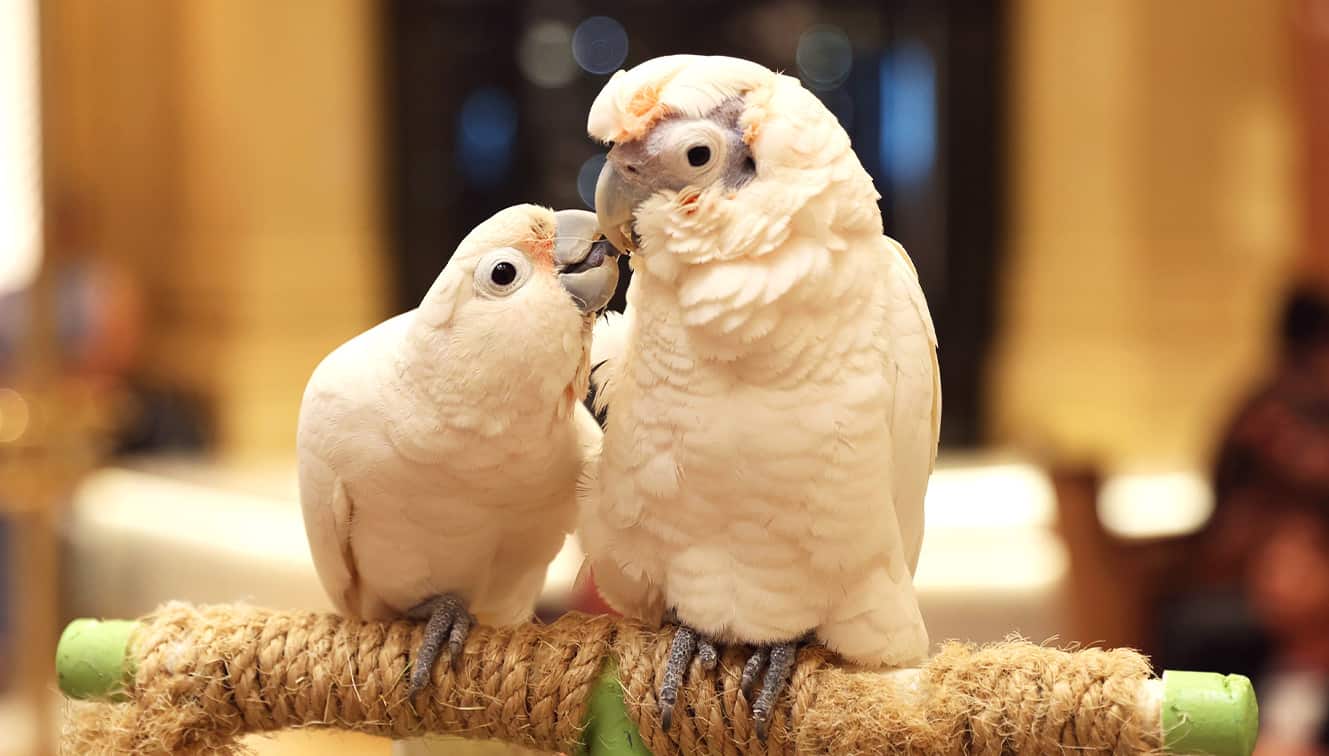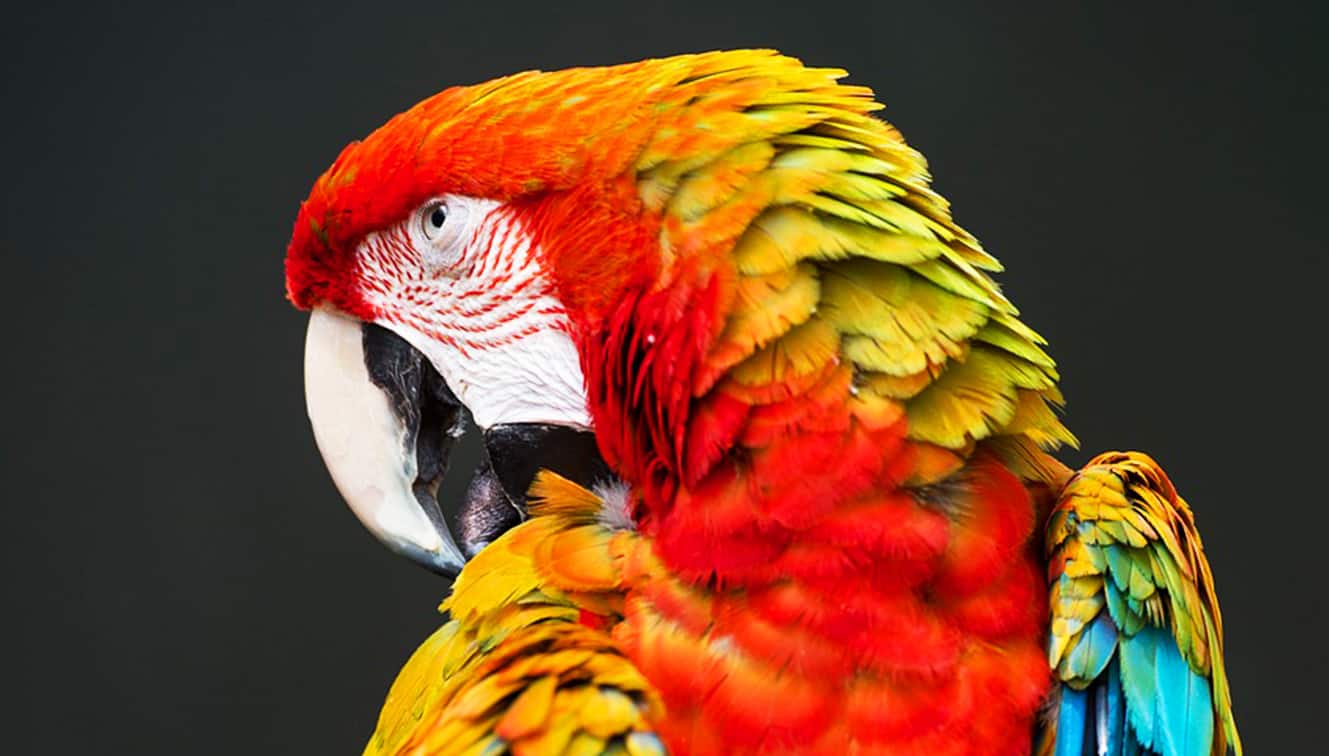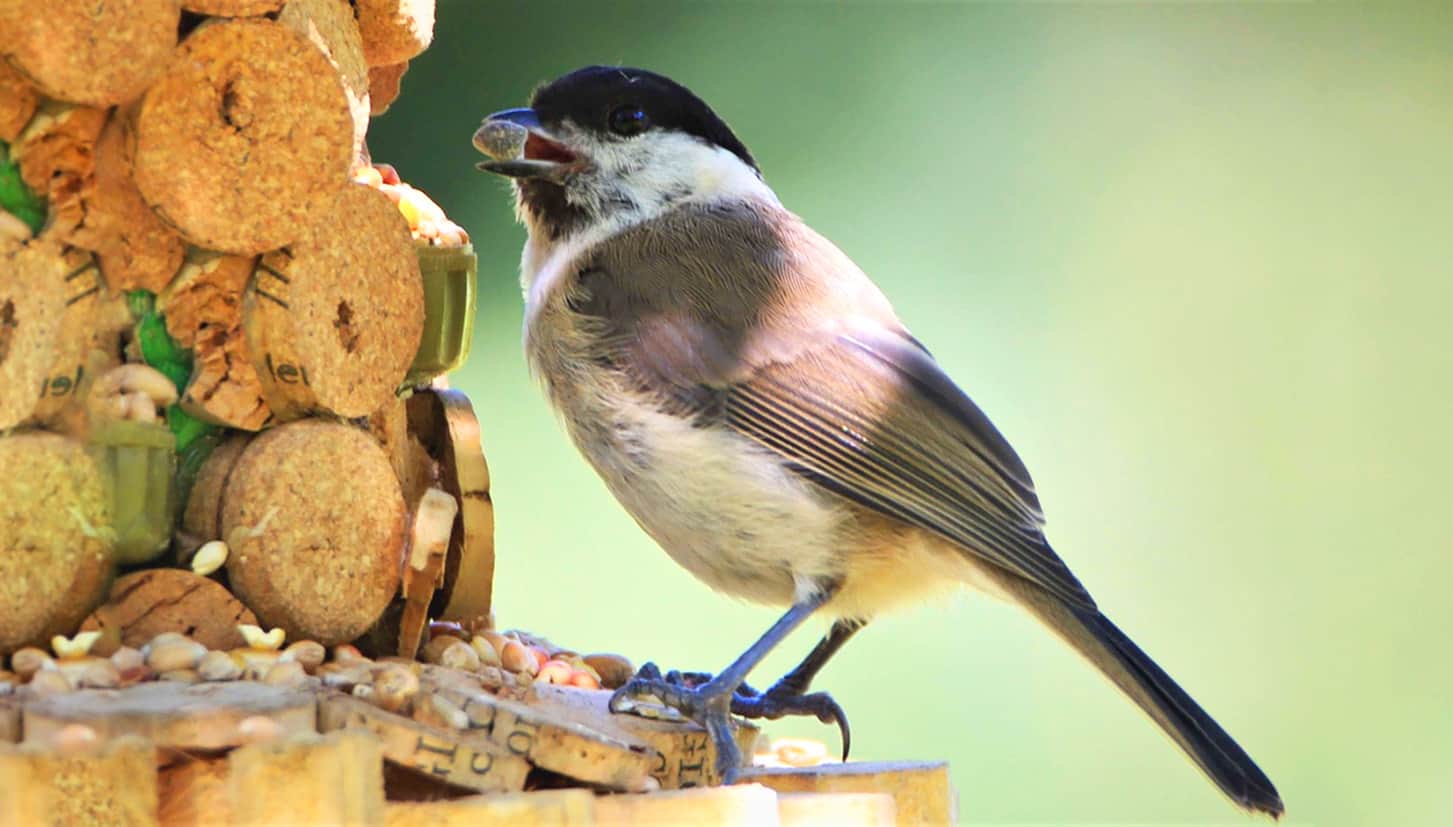What is environmental enrichment?
Environmental enrichment is defined as the application of stimuli and activities that allow the animal to perform natural behaviors for its species that it would not normally be able to perform in captivity.
What natural behaviors do we want to stimulate in birds?
In nature, birds spend most of their time performing 3 tasks: searching for food, interacting socially, and grooming.
In captivity our pets have access to water and food 24 hours a day, this means that of the more than 12 hours they would spend a day looking for food, they only need to spend a few minutes eating. In this way we unintentionally eliminate an important part of the usual behavior of our birds since they do not have to make an effort to look for food. One way to stimulate our pets and make them happy is to offer them their usual portion of food through games or foraging trays that pose a challenge that they must make an effort to solve.

One of the main challenges that owning birds poses is meeting their socialization needs. Most of the birds we have as pets are gregarious animals that will greatly appreciate having companions. However, there are some cases in which this will not be possible and if we must have our bird without company we will have to dedicate a good amount of time a day to interacting with it so that it does not feel alone. It is important to emphasize that, although it is highly recommended that these animals live accompanied, it may not be a good idea to introduce new animals to previously established groups due to behavioral problems and disease transmission. To prevent the possibility of the appearance of unpleasant or even dangerous situations for our pets, we recommend that before adding a new bird to your family, you consult with your regular veterinarian to be able to do it in the most appropriate way possible.
The other task that birds spend many hours a day doing is grooming. Preening consists of cleaning and combing their feathers and is a behavior that all healthy birds perform daily. The problem with grooming is that if our pet sees its other usual activities reduced (socialization and searching for food) it can begin to groom excessively out of boredom, reaching the point of producing behavioral problems such as pecking.

What environmental enrichment options can I apply in my home?
To prevent our bird from getting bored and prevent the appearance of behavioral problems, we can use toys, but we must keep in mind that we must change them frequently. Parrots are extremely intelligent animals which makes them lose interest in their old toys very quickly. As it is difficult, if not impossible, to have new toys every day, we recommend having multiple toys at home and offering 2 or 3 of them to your pet on a rotating basis every day.
Another interesting environmental enrichment option is the use of foraging. The objective of this practice is to increase the hours our pets spend searching for food. To achieve this objective, what we will do is hide our pet’s food, thus forcing it to invest time in discovering how to get it.

How can I practice foraging at home?
Normally it is advisable to start foraging using simple games and complicate them as our animal learns. For example, some good options for initiating foraging are to cover your feeder with paper. First paper with holes so you can see the food and then without holes. More advanced options would be, for example, hiding food inside a toy or in a cardboard box.
Another good option to start this practice is the use of foraging trays.
